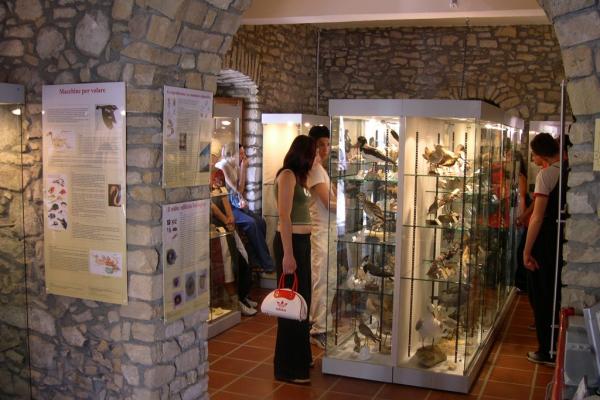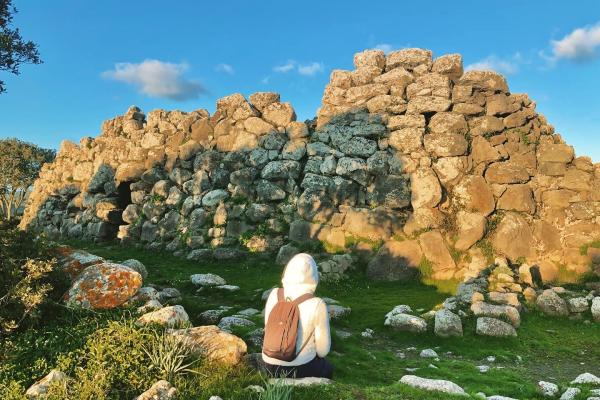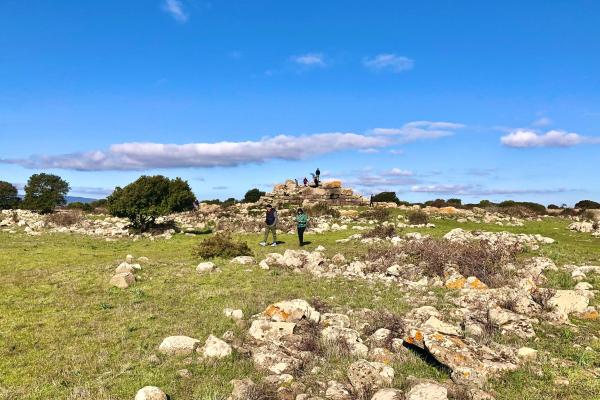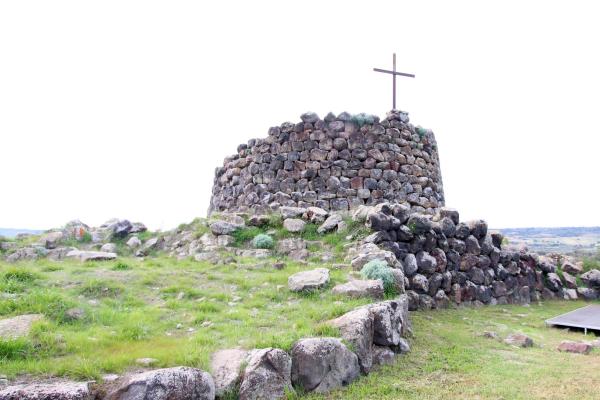One of the most distinctive aspects of Sardinian cultural traditions is food, narrated in its evolution over thousands of years: not only foods, but also the cultivation, preservation, transformation and production techniques. All this inside a seventeenth-century Campidano manor house ‘with a courtyard’: it is Casa Steri, in the historic centre of Siddi, a rural village ‘lying’ at the foot of the giara of the same name. The theme of the museum exhibition is the history of the Island’s food since the Nuragic age and it is divided into various spaces, residential and productive. You will visit rooms dedicated to the production cycle of milk and oil. It is no coincidence that Siddi is part of the Italian ‘Città dell’Olio’ (Cities of Oil) circuit. You can also admire a grain mill with a rare eighteenth-century millstone powered by horses. In the kitchen, you will see traditional objects such as sieves, baskets and clay scivedde (containers).

Museums
In the ‘heart’ of Marmilla, in the hills and giare (basalt plateaus) of southern Sardinia, an ancient rural dwelling accompanies visitors through the history, culture and tradition of the Island’s food
In the ‘heart’ of Marmilla, in the hills and giare (basalt plateaus) of southern Sardinia, an ancient rural dwelling accompanies visitors through the history, culture and tradition of the Island’s food
See this place because...
You will travel back through thousands of years of Sardinia’s ‘food history’, inside a typical Campidano house, near archaeological and nature parks
You may also like
More attractions in the vicinity
Nearby hotels and accommodations

Bed and breakfast (rental rooms)
SIDDI
0 km

Bed and breakfast (rental rooms)
SIDDI
0 km

Bed and breakfast
LUNAMATRONA
3 km











